Sunday morning after breakfast our group made our way to the Mount of Olives to view "golden" Jerusalem.
Mount of Olives, Dominus Flevit, is the traditional site where Jesus wept over Jerusalem before His triumphal entry. (Luke 19:41-44) In antiquity, the Mount was covered with olive trees but the Romans cut most of them down to build a rampart for the siege of Jerusalem in 70 A.D.
The mountain is first mentioned in the Bible in II Samuel 15:30 when King David was fleeing from Absalom, "and David went up by the ascent of mount Olivet, and wept as he went up..."
Here Zechariah prophesied the End of the Days: "and his feet stand in that day upon the mount of Olives..." (Zec. 14-4) Legend tells that the Messiah will enter the Temple Courts through the Golden Gate, opposite the mountain.
For many years Jews have chosen to be buried here to be among the first to follow the Messiah on the Day of Redemption. This is the oldest and largest Jewish cemetery in the world.
After getting our group picture taken on the Mount of Olives, we proceeded down Palm Sunday Road. This steep road on the western slope of the Mount of Olives descending toward the Kidron Valley is the path Jesus took to the Temple on Palm Sunday. (Matt 21:8, Mark 11:8)
We continued on to the Garden of Gethsemane where we intended to have our Sunday morning worship service. However, when we arrived we were unable to enter because two other groups were having services and there was no room for us. Yuval tried to persuade the gentleman who was guarding the gate to allow us to enter anyway, but the guard would not budge. Yuval said the man who is normally there would have allowed us in. We later found out that, only a couple hours prior to our arrival to the Garden, a fight had broken out in the area between two religious groups. So, our church service that morning took place in a little area beside the Church of all Nations.
The Basilica of the Agony, also known as the Church of All Nations, was built over the remains of two earlier churches.
Jesus and His disciples spent the last hours before His arrest in the Garden of Gethsemane. The Rock of Agony, upon which Jesus prayed the night before His arrest, is inside the Church of All Nations. It is surrounded by a crown of thorns and wrought iron.
Because our tour guide and bus driver were not allowed into Bethlehem since the Palestinians took over the city, our group was faced with the decision as to whether or not to push the issue of a promised tour. After discussions among the group, it was decided that we couldn't come all this way without seeing our Savior's birthplace. Yuval had a solution: Mr. Nissan.
Mr. Nissan, who had connections in Bethlehem, would be able to arrange a short tour for us with Palestinian tour guides. To return the favor, we shopped in his store in Jerusalem where we found beautiful jewelry and items carved from olive wood from Bethlehem. I bought a beautiful chess set and several Christmas ornaments made of the olive wood. It was a treat to have this experience. Not only did we have the opportunity to shop without the haggling or commotion that exists in the street markets, Mr. Nissan prayed for us the Lord's Prayer in Aramaic, the language our Lord spoke.
Pools of Bethesda. "Now there is at Jerusalem by the sheep market a pool, which is called in the Hebrew tongue Bethesda, having five porches." Excavations in 1871 uncovered the remains of two large rectangular pools. Here Jesus performed the miracle of healing a crippled man.
Near the Pools of Bethesda, the Church of St. Anne, is one of the best preserved churches built during the Crusader period. It is built over a crypt revered as the birthplace of the Virgin Mary and the home of her parents Anne and Joachim.
We made our way into the Old City of Jerusalem. Via Dolorosa, Latin for "Way of Grief" or "Way of Suffering", is a street traditionally held to be the path that Jesus walked on the way to his crucifixion. It is marked by nine of the fourteen Stations of the Cross. The last five stations are inside the Church of the Holy Sepulchre.
Yuval took us to a little restaurant in the Old City for lunch, where we sat outside and took in more of the hustle and bustle of the markets. I inhaled a coke and a delicious Gyro!
Before leaving the Old City of Jerusalem, we walked to the Western Wall. Also referred to as the "Wailing Wall", this wall is important to both Judaism and Islamic faiths. It was a very touching moment for me when I placed my prayer for my loved ones in the Western Wall.
That evening after dinner several of us took a van to Ben Yahuda Street where we walked in and out of shops, listened to a guy playing a harp for money, and took in a bit of night life in this small, busy area of Jerusalem.
Mount of Olives, Garden of Gethsemane, Old City
Sunday, November 09, 2008
 Jerusalem, Israel
Jerusalem, Israel
Other Entries
-
1Arrival in Israel
Nov 045 days prior Tel Aviv, Israelphoto_camera31videocam 0comment 5
Tel Aviv, Israelphoto_camera31videocam 0comment 5 -
2Caesarea, Mt. Carmel, Megiddo, Nazareth, Cana
Nov 054 days prior Caesarea, Israelphoto_camera36videocam 0comment 0
Caesarea, Israelphoto_camera36videocam 0comment 0 -
3Tabgha, Bethsaida, Mt. Beatitudes, Capernaum,
Nov 063 days prior Capernaum, Israelphoto_camera39videocam 0comment 0
Capernaum, Israelphoto_camera39videocam 0comment 0 -
4Gamla, Katzrin, Golan Heights, Caesarea Philippi
Nov 072 days prior Qiryat Shemona, Israelphoto_camera43videocam 0comment 0
Qiryat Shemona, Israelphoto_camera43videocam 0comment 0 -
5Bet She'an, Qumran, Ein Gedi, Masada, Dead Sea
Nov 081 day prior Jerusalem, Israelphoto_camera58videocam 0comment 0
Jerusalem, Israelphoto_camera58videocam 0comment 0 -
6Mount of Olives, Garden of Gethsemane, Old City
Nov 09 Jerusalem, Israelphoto_camera47videocam 0comment 1
Jerusalem, Israelphoto_camera47videocam 0comment 1 -
7Bethlehem
Nov 101 day later Bethlehem, Israelphoto_camera63videocam 0comment 2
Bethlehem, Israelphoto_camera63videocam 0comment 2 -
8City of David, Gihon Spring, Hezekiah's Tunnel
Nov 112 days later Jerusalem, Israelphoto_camera66videocam 0comment 0
Jerusalem, Israelphoto_camera66videocam 0comment 0 -
9Our Last Day in Israel
Nov 123 days later Jerusalem, Israelphoto_camera9videocam 0comment 0
Jerusalem, Israelphoto_camera9videocam 0comment 0

 Jerusalem, Israel
Jerusalem, Israel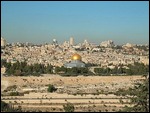
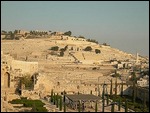

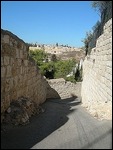
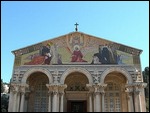
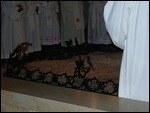
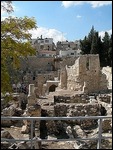
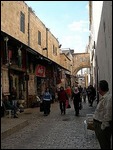
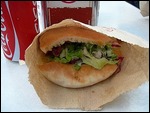
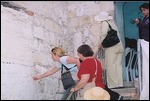

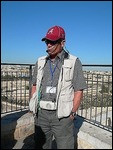
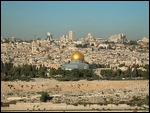

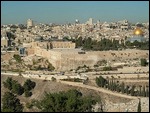
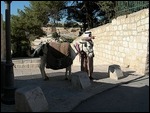
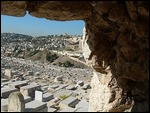

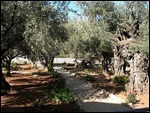
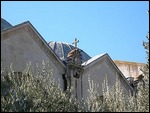
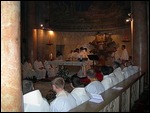
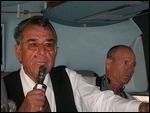
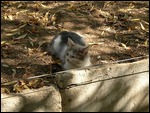
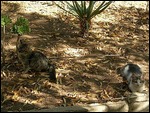
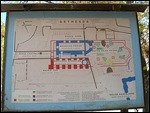
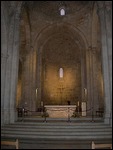
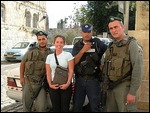
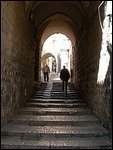
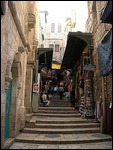
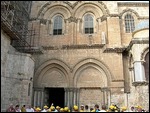
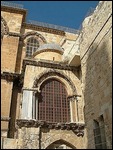
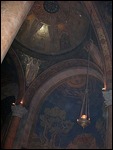
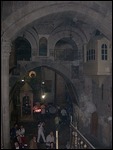
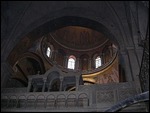
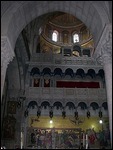
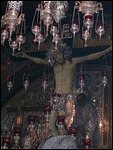
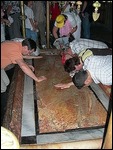
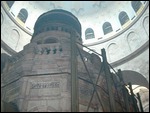
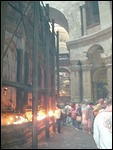
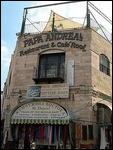
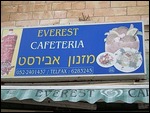
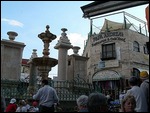
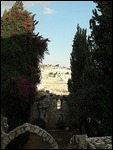
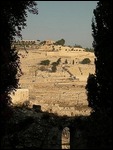
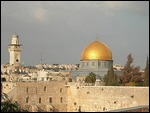
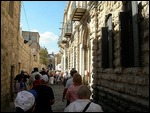
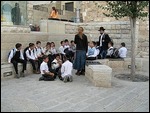
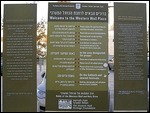
2025-05-22